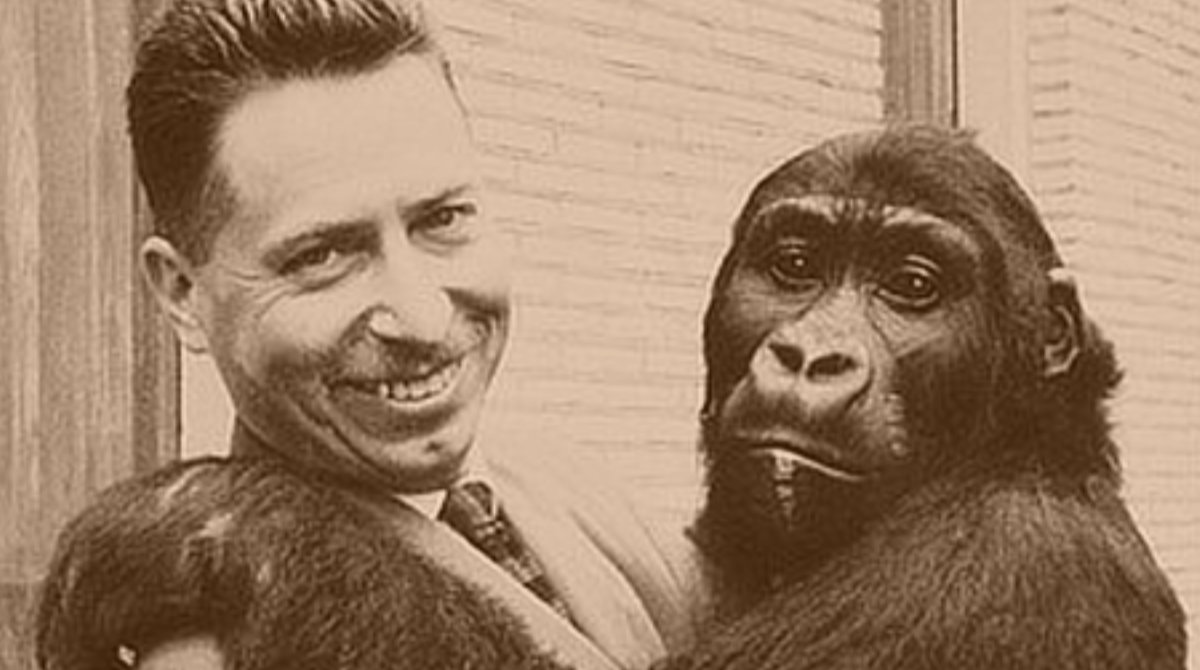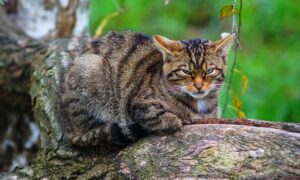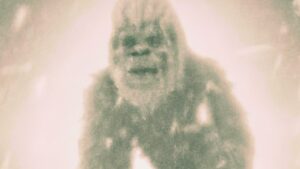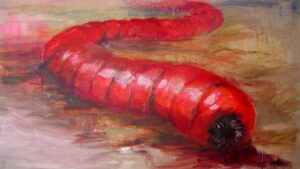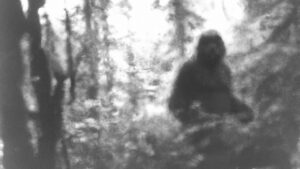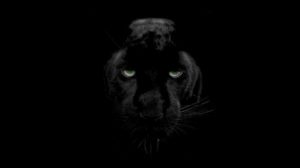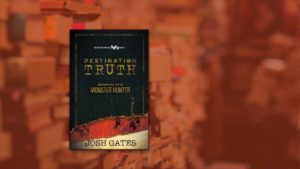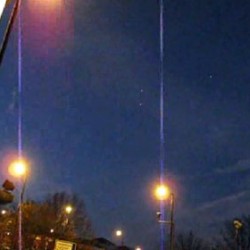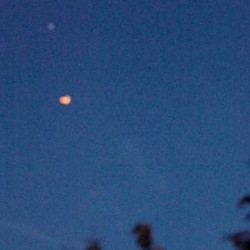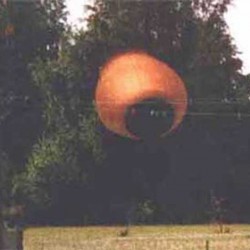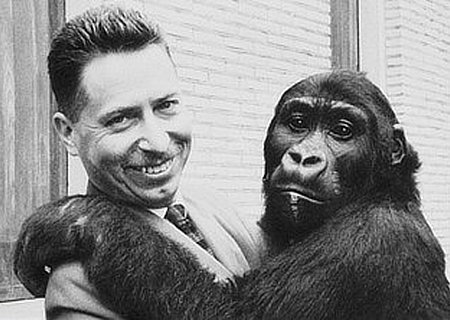
Bernard Heuvelmans (10 October 1916 – 22 August 2001) was a Belgian-French scientist, explorer, researcher, and writer probably best known, along with Scottish-American biologist Ivan T. Sanderson, as a founding figure in the pseudoscience and subculture of Cryptozoology.
His 1958 book On the Track of Unknown Animals (originally published in French in 1955 as Sur la Piste des Bêtes Ignorées) is often regarded as one of the most influential cryptozoology texts!
Heuvelmans was born on 10 October 1916 in Le Havre, France, and raised in Belgium and earned a doctorate in zoology from the Free University of Brussels. Heuvelmans was a pupil of Serge Frechkop, a proponent of the Theory of Initial Bipedalism. In 1939, his doctoral dissertation concerned the teeth of the aardvark. During World War II he had escaped from a Nazi prison camp and later worked as a jazz singer in Paris.
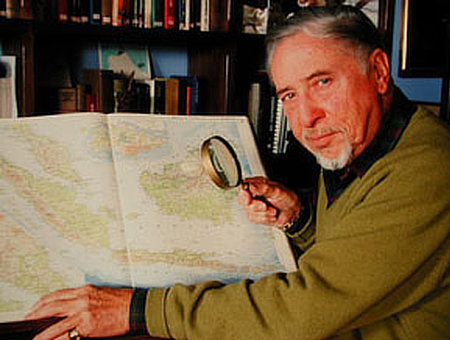
Heuvelmans’ books made reference to literary sources. He was influenced by Jules Verne and Arthur Conan Doyle’s book The Lost World (1912). Though earlier interested in zoological oddities, he credits a 1948 Saturday Evening Post article, “There Could be Dinosaurs” by Ivan T. Sanderson, with inspiring a determined interest in unknown animals. Sanderson discussed the possibility of dinosaurs surviving in remote corners of the world. Heuvelmans was also influenced by the work of Anthonie Cornelis Oudemans, who had defended the existence of sea serpents.
Heuvelmans wrote many other books and articles, only a few of which have been translated into English. His works sold well but saw little attention from mainstream scientists and experts. In the Wake of the Sea-Serpents his second book; it was translated into English and sold in the United States in 1968. The book covered sea serpents with parts focusing on the giant squid (and colossal squid). As he continued his research, he saw the need to “give a name to the totally new discipline in zoology my research implied. That is how I coined the word ‘cryptozoology’, the science of hidden animals”.
There is evidence that Heuvelmans planned to author a third book on fresh-water cryptozoology, but instead he assisted Irish author Peter Costello to produce his 1974 book In Search of Lake Monsters, providing source material from his files.
Science writer David Quammen has stated that Heuvelmans’s On the Track of Unknown Animals is “heavily researched and encyclopedic” but contains “leaps of credulity that leave a skeptical reader behind.” He also wrote that Heuvelmans was known for making “overstated claims”.
His book The Natural History of Hidden Animals (published posthumously) was heavily criticised. Biologist Aaron Bauer noted that “Heuvelmans’s own writings, this book included, often eschew critical analysis of available data”. John Burton has written that the book’s “credibility is seriously undermined by sloppy research”.
Heuvelmans’s wife was the novelist and artist Monique Watteau; she was also the main illustrator of his books. They divorced in 1961, but remained friends and colleagues.
Bernard Heuvelmans died on 22 August 2001 at the age of 84.
Original source: Wikipedia.
Discover Books by Bernard Heuvelmans on Amazon.

